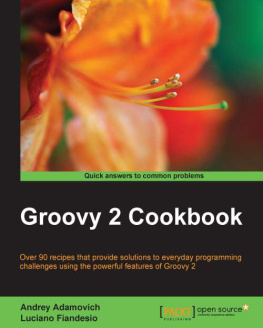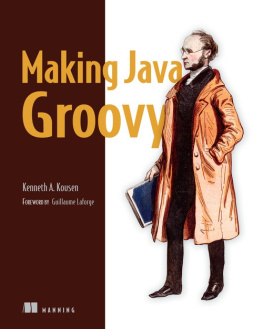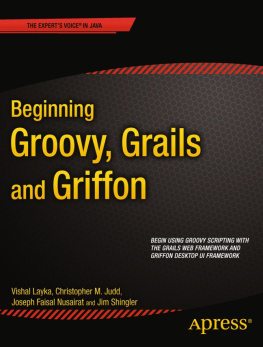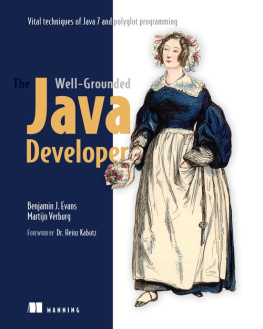Venkat Subramaniam - Programming Groovy 2: Dynamic Productivity for the Java Developer
Here you can read online Venkat Subramaniam - Programming Groovy 2: Dynamic Productivity for the Java Developer full text of the book (entire story) in english for free. Download pdf and epub, get meaning, cover and reviews about this ebook. year: 2013, publisher: Pragmatic Bookshelf, genre: Computer. Description of the work, (preface) as well as reviews are available. Best literature library LitArk.com created for fans of good reading and offers a wide selection of genres:
Romance novel
Science fiction
Adventure
Detective
Science
History
Home and family
Prose
Art
Politics
Computer
Non-fiction
Religion
Business
Children
Humor
Choose a favorite category and find really read worthwhile books. Enjoy immersion in the world of imagination, feel the emotions of the characters or learn something new for yourself, make an fascinating discovery.
- Book:Programming Groovy 2: Dynamic Productivity for the Java Developer
- Author:
- Publisher:Pragmatic Bookshelf
- Genre:
- Year:2013
- Rating:4 / 5
- Favourites:Add to favourites
- Your mark:
Programming Groovy 2: Dynamic Productivity for the Java Developer: summary, description and annotation
We offer to read an annotation, description, summary or preface (depends on what the author of the book "Programming Groovy 2: Dynamic Productivity for the Java Developer" wrote himself). If you haven't found the necessary information about the book — write in the comments, we will try to find it.
Groovy brings you the best of both worlds: a flexible, highly productive, agile, dynamic language that runs on the rich framework of the Java Platform. Groovy preserves the Java semantics and extends the JDK to give you true dynamic language capabilities. Programming Groovy 2 will help you, the experienced Java developer, learn and take advantage of the latest version of this rich dynamic language. Youll go from the basics of Groovy to the latest advances in the language, including options for type checking, tail-call and memoization optimizations, compile time metaprogramming, and fluent interfaces to create DSLs.
You dont have to leave the rich Java Platform to take advantage of Groovy. Groovy preserves Javas semantics and extends the JDK, so programming in Groovy feels like the Java language has been augmented; its like working with a lighter, more elegant Java. If youre an experienced Java developer who wants to learn how Groovy works, youll find exactly what you need in this book.
Youll start with the fundamentals of programming in Groovy and how it works with Java, and then youll explore advanced concepts such as unit testing with mock objects, using Builders, working with databases and XML, and creating DSLs. Youll master Groovys powerful yet complex run-time and compile-time metaprogramming features.
Much has evolved in the Groovy language since the publication of the first edition of Programming Groovy. Programming Groovy 2 will help you learn and apply Groovys new features. Creating DSLs is easier now, and Groovys already-powerful metaprogramming facilities have improved even more. Youll see how to work with closures, including tail call optimization and memoization. The book also covers Groovys new static compilation feature.
Whether youre learning the basics of the language or interested in getting proficient with the new features, Programming Groovy 2 has you covered.
What You Need
To work on the examples in the book you need Groovy 2.0.5 and Java JDK 5 or higher.
Venkat Subramaniam: author's other books
Who wrote Programming Groovy 2: Dynamic Productivity for the Java Developer? Find out the surname, the name of the author of the book and a list of all author's works by series.


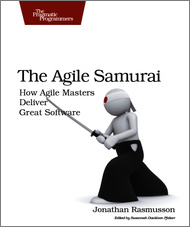
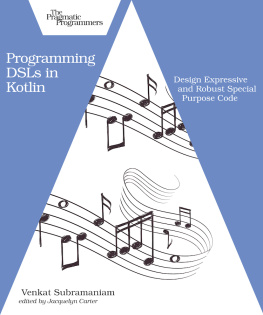
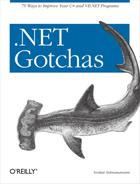

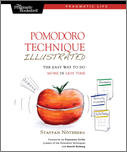
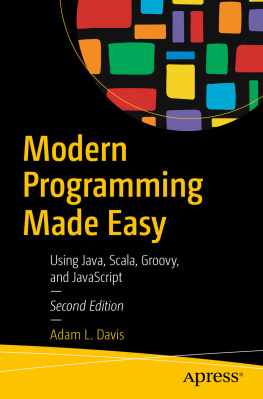
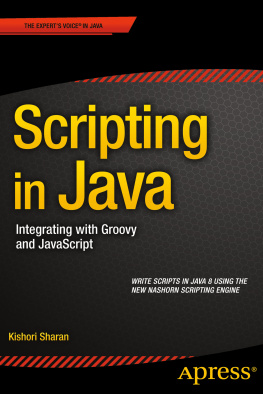

![Vishal Layka [Vishal Layka] - Learn Java for Web Development: Modern Java Web Development](/uploads/posts/book/119395/thumbs/vishal-layka-vishal-layka-learn-java-for-web.jpg)


